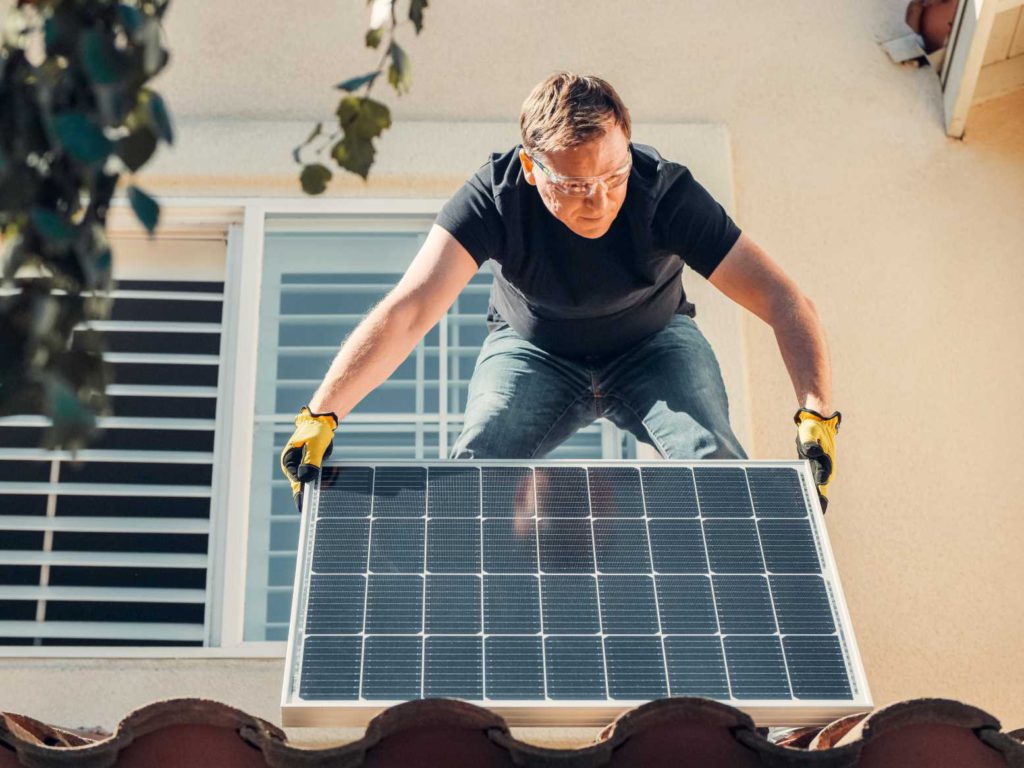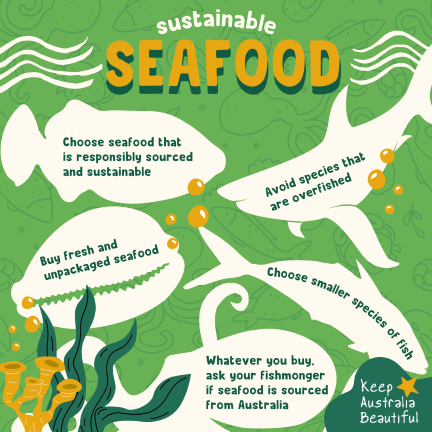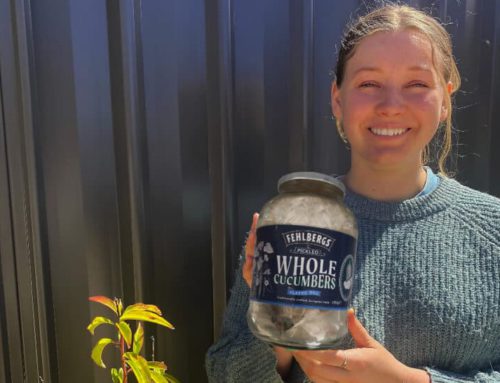by Diana Baric, Keep Australia Beautiful Copywriter (Volunteer)
It is estimated that over 4 million households have rooftop solar installed—almost 30 per cent of Australian homes. The enthusiastic uptake of solar by Australians wanting to help the environment and cut back on electricity costs has inadvertently led to an additional environmental problem: what to do with the many thousands of tonnes of panels in need of disposal?
The Federal Government’s recent announcement to triple our capacity of renewable energy by 2030 at the 28th COP in Dubai is positive news for the solar industry and the environment. More solar energy will help cut Australia’s carbon emissions from coal, which are among the highest of developed countries due to our dependency on that energy source. But with numbers of solar panels in circulation set to increase, how to dispose of so many tonnes of panels responsibly is an urgent issue.
Solar panels have a limited lifespan, lasting about 25 years before needing to be replaced or upgraded, assuming they have not been damaged in the meantime. Like most electronic waste, solar panels are made from potentially reusable substances such as glass, aluminium and copper. But if left in landfills to degrade, that copper, along with lead and zinc, are hazardous pollutants that contaminate the environment. Solar panels also disrupt the life expectancy of landfills, filling them up prematurely and necessitating the creation of new ones, particularly in regional areas that have smaller landfills.
Victoria, South Australia, Queensland and the ACT have already banned disposal of solar panels into landfill, with Western Australia to follow in 2024. Removing the option of disposal in landfill has provided a boost to the recycling industry, with many Australian companies trialling various methods of breaking down panels into reusable parts. But recycling solar panels is not an easy undertaking, and efforts are ongoing to refine the processes involved.
In Europe, Japan and the United States, research and development into efficient methods of solar panel recycling have been underway for some time. In Australia, silicon-based solar panels make up approximately 95% of the market, and several designated recycling plants are being established across the country to recycle these panels. Sister companies PV Industries and Re-Source, operating out of Sydney and Melbourne, are currently recycling around 100 tonnes per year of silicon-based solar panels, with about 90% of the panel’s weight currently being recycled. Mostly comprising of aluminium, copper and glass, these valuable resources are removed from the panels and sold onto manufacturers who utilise these materials to create new products.
‘Aluminium and copper can essentially be recycled an infinite number of times, so that part is easy,’ explains James Petesic from PV Industries. ‘Crushed glass can be utilised in construction products, whilst silver and silicon have utility in the electronics industry.’
The remaining 10% of the panel’s weight is the challenging part. Silver, copper and silicon are tightly sealed within plastic polymer, a design which protects the photovoltaic cells and allows them to function in outdoor conditions. There are very few processing solutions that enable the recovery of these precious materials and none have been commercialised. This is typically done by breaking down the polymer with chemicals, to retrieve pure samples that could then be sold on. But companies such as PV Industries and Re-Source are developing environmentally friendly and sustainable methods of breaking down the plastic sealant and utilise this 10% for research and development purposes, to find safer and more efficient ways of maximising the value of these materials.
Currently, around 5-10% of panels are being recycled in Australia, numbers that are going to increase in the coming years as existing panels reach the end of their lifespan. Recycling will play a more prominent role, as our current waste and recycling streams cannot cope with the influx of disposed panels.
Due to the complexity and expensive equipment involved in the process, solar panel recyclers charge fees for each panel recycled, which can vary depending on transport costs, but are not exorbitant, usually in the region of $13-$20. Anyone can recycle their panels, whether a resident or a business, and there is no amount of panels too big or too small that recyclers will accept at one time.
Panels are not typically reused in the local market, as they are usually too damaged or too old to justify it. ‘There is illegal trade of solar panels happening through Africa and Middle East, and many of the panels we replace on our residential roofs are finding their way into this system,’ explains James. ‘People believe their panels are being disposed of responsibly or recycled, but they are finding their way offshore. We are currently developing a tool to help asset owners identify issues and encourage further use.’
The offshore market for solar panel reuse lacks adequate regulation, and the downside to selling panels overseas is that they contribute to the landfills of other countries, doing nothing to minimise environmental harm.
The benefits of recycling panels go beyond minimising landfill. James claims that 90% less greenhouse gases are emitted from recycling existing aluminium frames from solar panels than it is to mine, smelt and create new aluminium frames. Both copper and aluminium can be endlessly recycled, and crushed glass can replace river sand in construction products. Such reuse of existing materials supports the creation of a circular economy, an effective weapon in the battle against climate change.
Consumers can do much to ensure that their panels are being disposed of responsibly. ‘The best thing a consumer can do is find a reputable installer and ask questions,’ advises James. ‘Where are my old panels going? How is it being recycled? Who is recycling it? Keep the installers honest and accountable.’
As of 2025, the Australian Government has indicated that the industry including manufacturers, developers and installers will have to join a solar panel product stewardship scheme, requiring them to pay a fee for panels to be collected and recycled, thereby building the cost of recycling and collection of solar panels into installation fees. This scheme, along with continuous improvement of recycling techniques, will go some way towards facing the potentially crushing weight of disposed solar panels in our near future.
IMAGE SOURCE: Kindel Media (pexels.com)
CONTENT SOURCE: PV Industries | Re-Source











